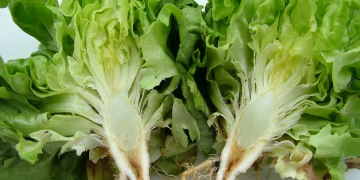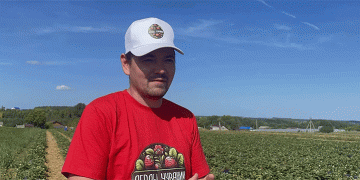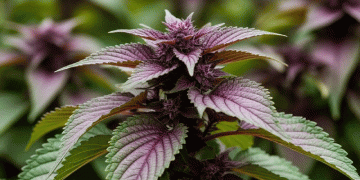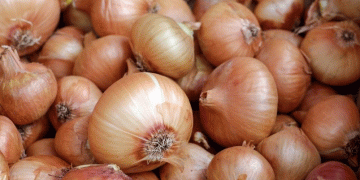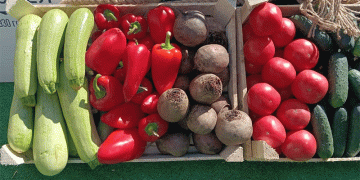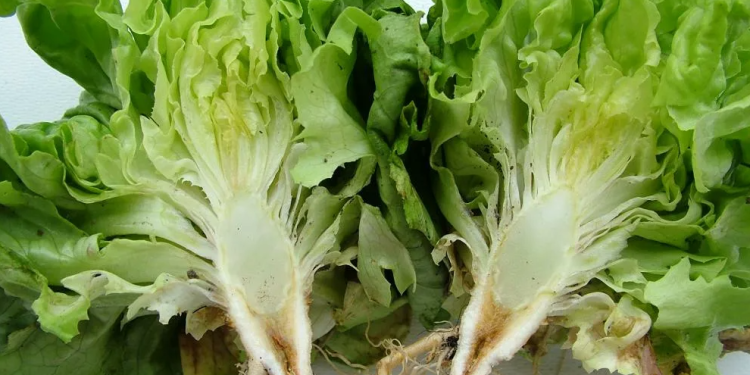#PlantDiseaseManagement #CropRotation #BiocontrolAgents #FungalPathogens #SustainableAgriculture
Cabbage yellows, caused by the fungal pathogen Fusarium oxysporum, is a devastating disease that affects cabbages and other brassica crops. The fungus attacks the plant’s vascular system, causing stunted growth, wilting, and yellowing of leaves, ultimately leading to plant death.
The development of Fusarium oxysporum infection in cabbages begins with the penetration of the fungus into the plant through the roots. Once inside, the fungus colonizes the plant’s vascular tissues, causing blockages and hindering nutrient and water transport throughout the plant. The fungus can survive in the soil for years, making it difficult to manage once it infects a crop.
To prevent and manage cabbage yellows, it is essential to implement preventive measures such as crop rotation, use of disease-free seeds, and ensuring proper drainage. Fungicides can also be used, but their efficacy is limited, and their use may lead to the development of resistant strains of the fungus.
Research is ongoing to develop new strategies to manage Fusarium oxysporum infection in cabbages. One promising approach is the use of beneficial microorganisms, such as bacteria and fungi, that can protect plants from pathogenic infections. Biocontrol agents have shown promise in both laboratory and field trials in reducing the severity of cabbage yellows.
Сabbage yellows caused by Fusarium oxysporum is a significant threat to cabbage and other brassica crops. The disease can be challenging to manage, and preventive measures are crucial to minimize its impact. However, ongoing research in developing new strategies for managing the disease offers hope for sustainable cabbage production in the future.
